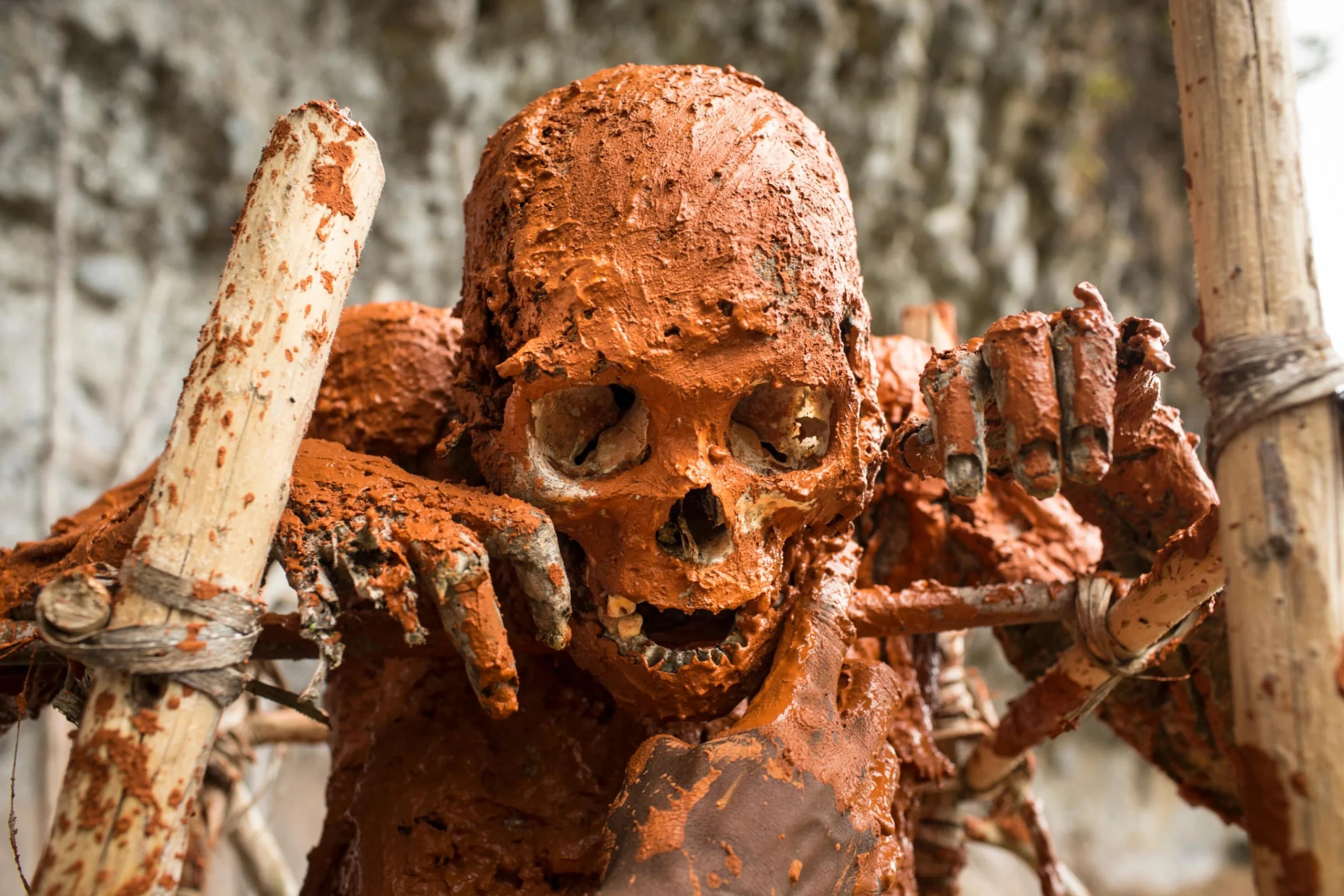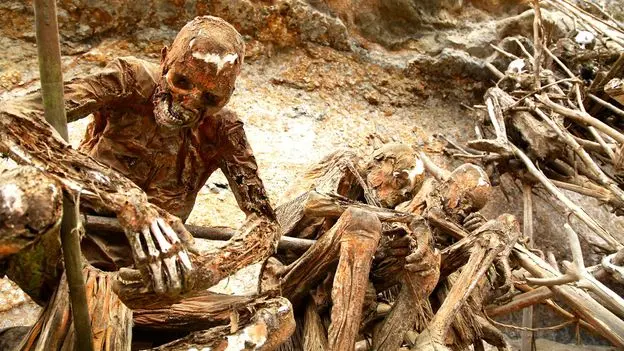Throughout history, humans have employed various methods to preserve the bodies of the deceased. One of the most intriguing and lesser-known techniques is the art of smoking mummies. This ancient practice, which dates back thousands of years, was primarily used by ancient civilizations in different parts of the world, including Egypt. In this article, we will explore the reasons behind the wrapping of mummies and whether mummification is still practiced in Egypt today.
Why Did They Wrap Mummies?
The process of mummification involved several steps, with the wrapping of the body being one of the most important. The ancient Egyptians believed in the concept of an afterlife, and they believed that preserving the body was essential for the soul to continue its journey in the next world.
The wrapping of mummies served multiple purposes. Firstly, it protected the body from decay and decomposition, ensuring its preservation for the afterlife. Secondly, the layers of linen or bandages provided physical support to the body, preventing it from collapsing or losing its shape over time. Additionally, the wrappings also acted as a barrier, protecting the body from external elements and potential damage.

The process of wrapping a mummy was a meticulous and time-consuming task. The embalmers would carefully remove the organs, treat the body with preservatives, and then proceed to wrap it in numerous layers of linen or bandages. Oftentimes, amulets and charms were placed within the wrappings to provide further protection and assistance to the deceased in the afterlife.
Do They Still Mummify Today in Egypt?
While ancient mummification practices are no longer in use, Egypt still holds a fascination with its rich history and the art of preserving the dead. Today, mummification is mainly practiced for scientific and educational purposes.
Modern mummification techniques involve a combination of traditional and modern methods. The process begins with the removal of organs, similar to ancient practices, followed by the injection of preservatives and embalming fluids. The body is then wrapped in layers of linen or bandages, similar to the ancient method.
However, it's important to note that modern mummification is not a common practice in Egypt. It is primarily performed on donated bodies, with consent, for research purposes or as part of educational exhibits. The majority of deceased individuals in Egypt are buried according to Islamic customs, without undergoing the mummification process.
Frequently Asked Questions
Q: How long does the mummification process take?
A: The ancient mummification process could take up to 70 days to complete. However, modern mummification techniques can be completed in a matter of weeks.
Q: Are all mummies wrapped in bandages?
A: While bandages were commonly used in ancient Egyptian mummification, not all mummies were wrapped in this manner. Some were placed in coffins or sarcophagi, while others were encased in resin or bitumen.
Q: Can mummies decay over time?
A: Despite the preservation techniques used, mummies can still decay over time due to environmental factors or improper preservation methods.

The art of smoking mummies has fascinated researchers and historians for centuries. The ancient Egyptians believed in the importance of preserving the body for the afterlife, leading to the meticulous wrapping of mummies. While modern mummification is not a common practice in Egypt today, it still serves as a valuable tool for scientific research and educational purposes. The art of mummification continues to captivate our imagination, allowing us to delve into the mysteries of the past and gain a deeper understanding of ancient civilizations.
If you want to know other articles similar to Smoked mummies: uncovering ancient preservation techniques you can visit the Mummification category.


Related Articles